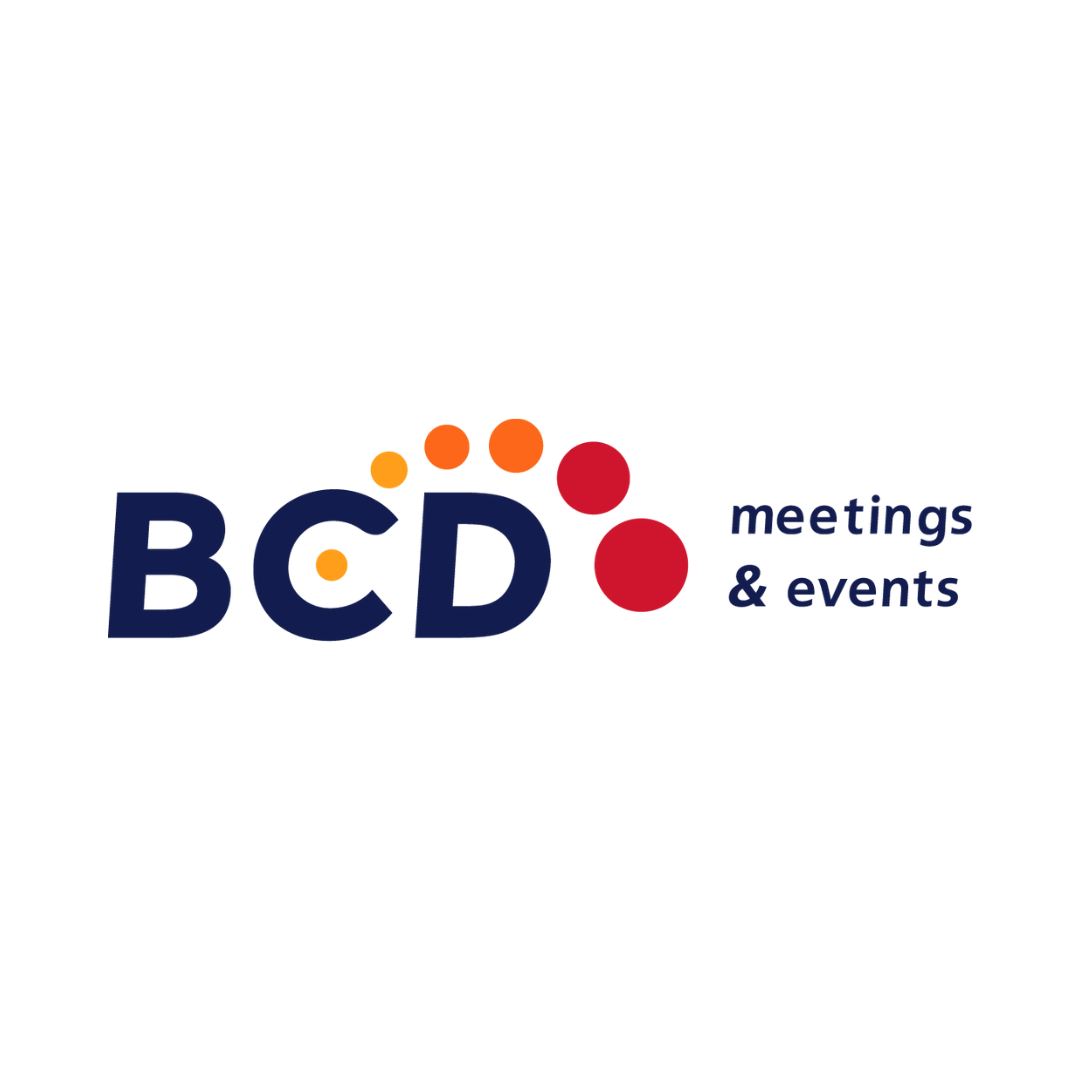Event marketing is essential in order to engage your audience before, during and after your event. One way to do this is through a robust content strategy. In our first piece on using content to propel event objectives, we covered how to begin crafting your content marketing strategy and user personas. Here we will dive into how to use content at different points of your event, beginning with pre-event messaging.
Breaking down a big-picture goal into actionable, smaller pieces can seem overwhelming. That’s why we’ve created a road map to help to lay out what you should be considering with your content before, during and after your event. In this post, we further discuss creating a pre-event content strategy.
Creating a content strategy: pre-event content
The primary reason to create pre-event content is to set expectations. You want your potential or confirmed participants to feel engaged and that they will be attending a conference which will be relevant and impactful for them. For those who have not yet committed to attending, you’re seeking to create “FOMO”—or fear of missing out—through your content, essentially driving them to register.
The importance of knowing your audience
You may start to plant the seeds of behavioral change you want to achieve from the conference through pre-event content. This includes understanding how you want the messaging to change interactions and communicating what the call to action might be.
However, objectives aren’t achievable if you’re not reaching the right people. Before you begin your messaging, you should be fully aware of your audience; this is critical to ensuring you’re serving up the proper messaging to these individuals.
In reality, pre-event content isn’t that different from traditional marketing messaging. The ultimate goal of marketers and event marketers alike is to understand their audiences and talk to them appropriately. However, an advantage for event marketers is that you often have greater data available to help you understand who your audience is, allowing you to meet them where they’re at on a communication and messaging level.
Crafting Your Pre-Event Message
Once you analyze your attendee data—i.e., looking at who your audience is and mapping it back to your larger content strategy—you can curate pre-event content that feels personal to your audience and share it in a way they are likely to consume it. (By the way, if you have too much data and don’t know where to start, BCD Meetings & Events can help you build a strong audience segmentation strategy.) For example, we’re exploring on-site technologies that go past traditional websites or mobile apps, such as augmented reality and facial-recognition software (learn more about meetings and events technology trends).
While technology can do wonders for communicating messages in new, engaging ways, it’s critical to ensure your content is on message and resonating with your audience. If your group has no interest in podcasts, for example, don’t create a podcast just because that distribution channel is trending. Aligning your content back with your customer is the most effective way to make your pre-event messaging get heard.
Read our next article to learn about creating an on-site content strategy.
Visit our Creative & Engagement page to learn more about
Event Marketing.
Originally published May 29, 2019 10:24:24 AM
Last updated on Jan 4, 2023 5:12:57 PM

